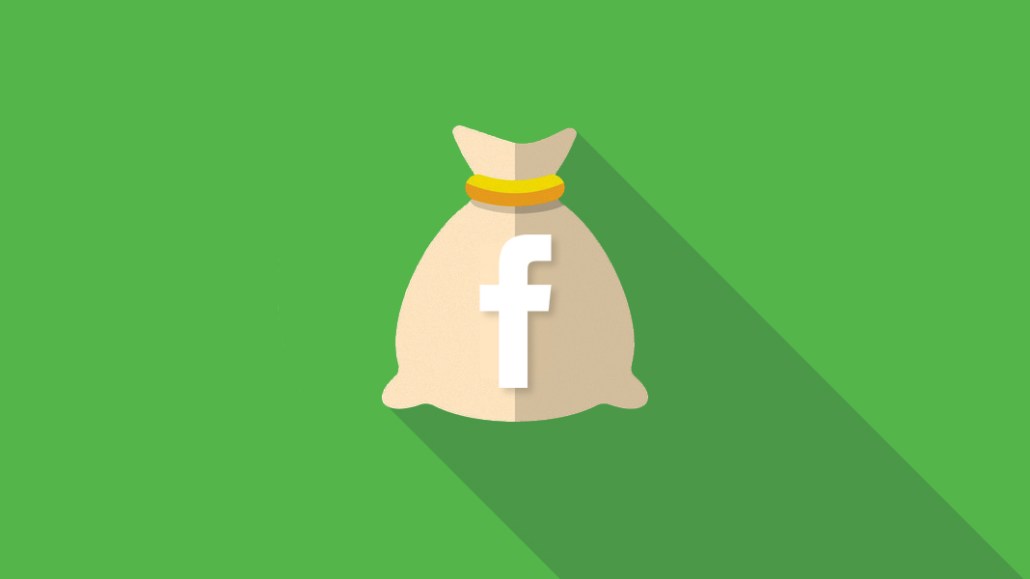How Kiplinger uses Facebook ads to grow its newsletters

Personal finance publisher Kiplinger has never relied heavily on Facebook for distribution. But when it comes to growing its free newsletter, it’s found a lot to like about the platform.
The publisher has used Facebook ads to gather more than 30,000 new email newsletter subscribers in the past couple months. Subscribers, in turn, help to fuel Kiplinger’s fastest-growing source of revenue. In the past year, native advertising and branded content has grown from 5 percent of Kiplinger’s digital revenue to 20 percent, said Andy Nolen, the publisher’s director of digital operations and advertising.
Most of that growth comes from native ads that run in its free newsletters that go to 300,000 readers. It costs as little as $1 apiece for new newsletter subscribers, and Kiplinger makes an average of $3 on every subscriber it gets.
“We sustain that list and grow that list largely through Facebook now,” Nolen said. “We find that to be very good ROI.”
Kiplinger’s revenue comes from several different sources. In addition to digital advertising and a section of its site where it offers affiliate commerce deals, it also has paid newsletters and a print magazine with a circulation of over 500,000.
Kiplinger’s site gets around 3.5 million visitors per month, with about 55 percent of them coming through search, according to SimilarWeb data. According to Nolen, organic social media accounts for less than 10 percent of the site’s visits.
Based on the free newsletter growth on Facebook, Kiplinger wants to test it to sell subscriptions to its paid newsletters and other products. “We see [our Facebook page] as sort of store shelves that are empty at the moment,” said Ben Demers, Kiplinger’s social media manager. “Once we have that established, I’m going to start rolling our regular organic posts [about those products]. The ROI is untested on that.”
While publishers have noticed that the price to distribute branded content through Facebook has risen since Facebook cut the organic reach of publishers’ content in the news feed, the price of the lead ads hasn’t crept up in the same way.
Facebook has tried to help publishers acquire newsletter subscribers through its Instant Articles format. But those efforts never made much of an impact on Kiplinger, which found — like many other publishers — the format’s monetization prospects too limited.
To target prospects, Kiplinger uses Keywee to help find lookalike audiences similar to people who have liked Kiplinger’s Facebook page. It expects to spend more over time. “As native advertising grows, the ROI’s only going to get better,” Nolen said.
More in Media

Earnings from social and search players signal that AI will be a long-play investment
Giants like Google, Meta and Microsoft say investors and advertisers might have to wait longer for AI to generate a better return on investment.

Why some publishers aren’t ready to monetize generative AI chatbots with ads yet
Monetization of generative AI chatbot experiences is slow going. Some publishing execs said they’re not ready to add advertising to these products until they scale or can build a subscription model first.

Media Briefing: Publishers who bet on events and franchises this year are reaping the rewards
Tentpole events and franchises are helping publishers lock in advertising revenue.








